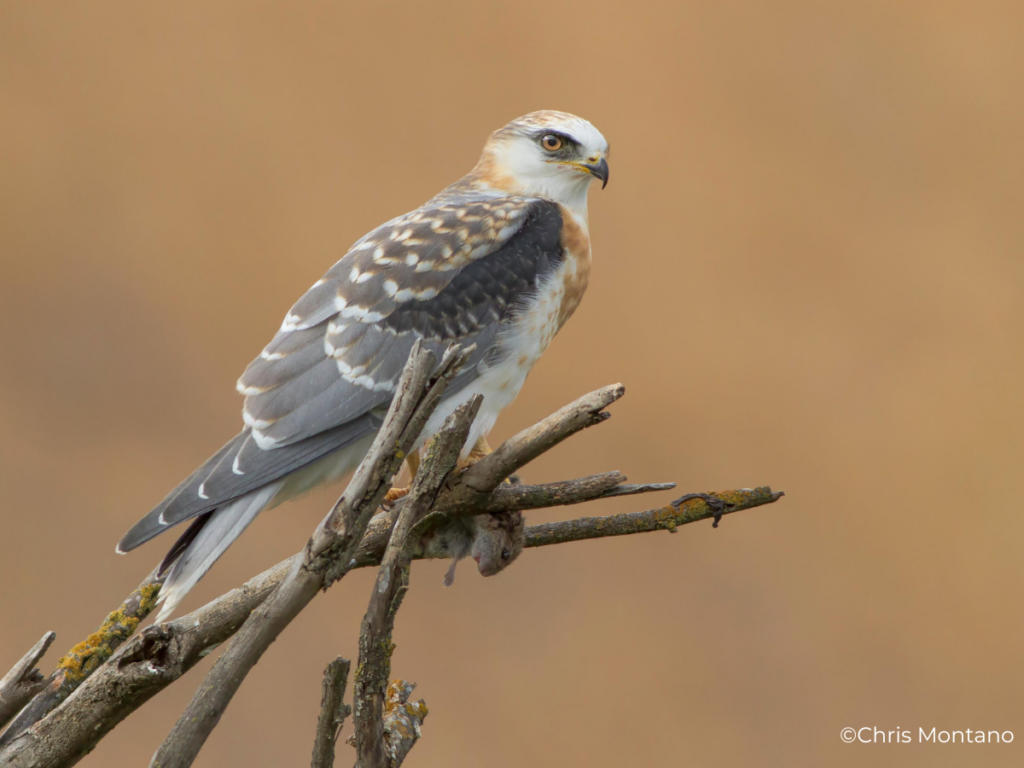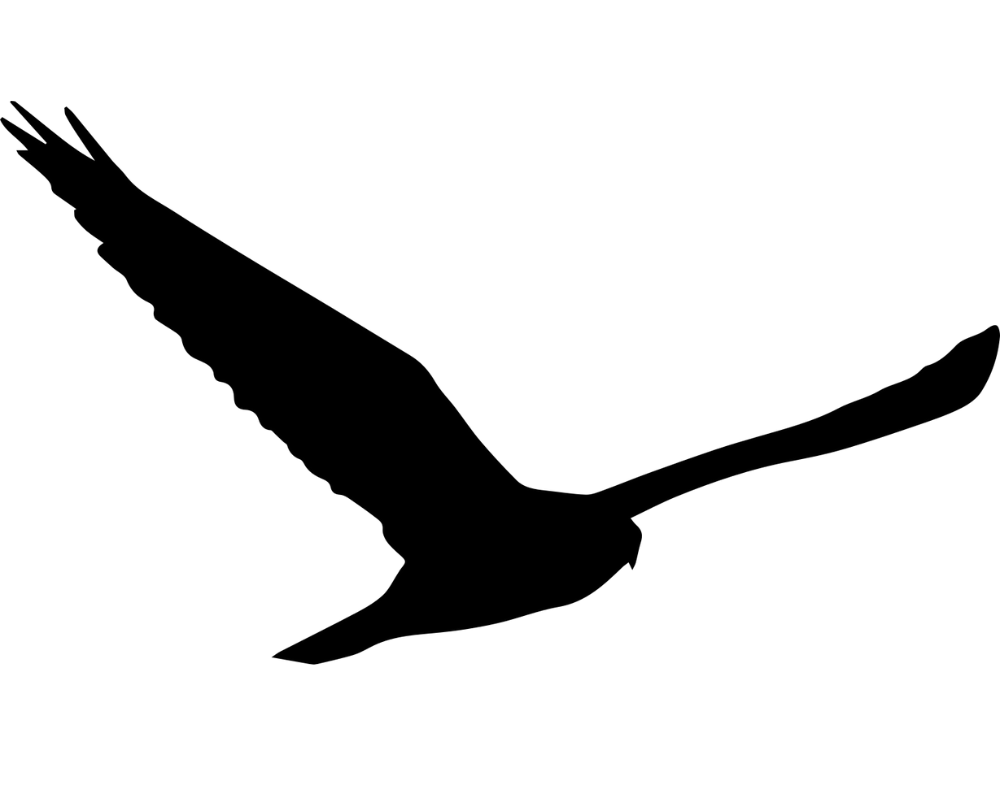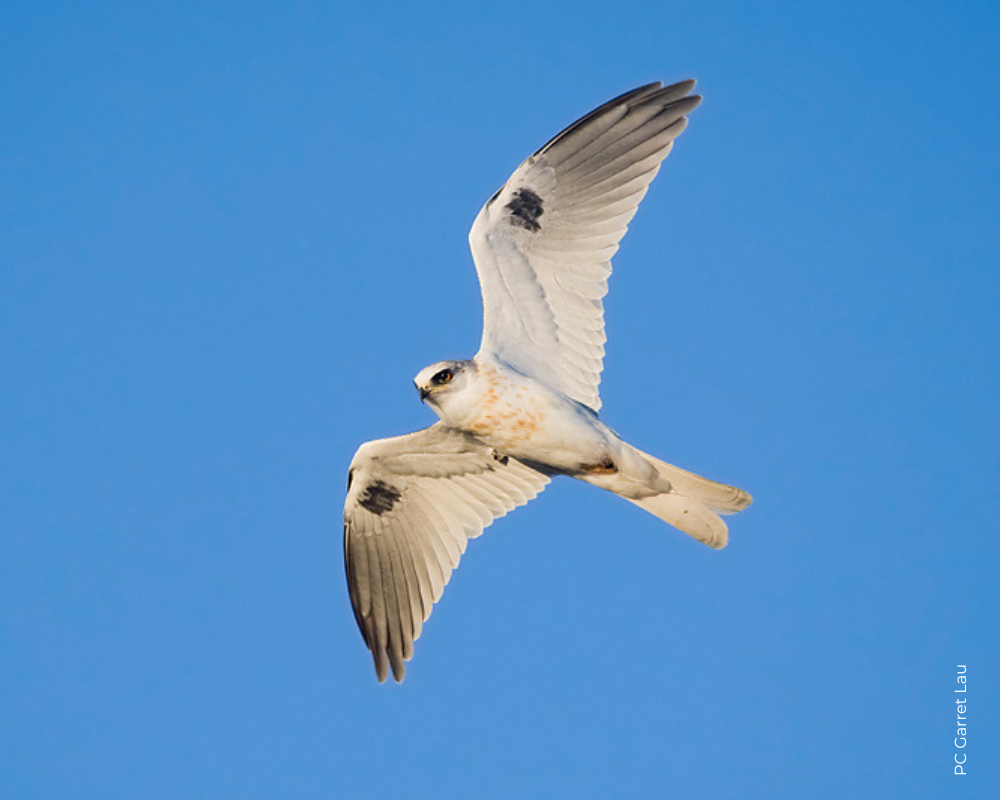Overview
Across their restricted range, White-tailed Kites prefer open country. They hunt grasslands, savanna, roadsides, and agricultural areas and are surprisingly more regular in suburban settings than most raptors. They often form large winter roosts (dozens of birds) near-optimal foraging areas. Unlike other kites, the White-tailed Kite does not hawk insects in the air; instead, it feeds mainly on small mammals. In general behavior, White-tailed Kite recalls a large, white Kestrel, regularly perching on wires, hovering frequently, and pouncing on prey from low to moderate height. White-tailed Kites are generally aggressive toward other raptors, frequently tussling with raptors that wander into their breeding territory. White-tailed Kites are quite vocal on the breeding grounds and during aggressive encounters. The main call is a rising, 2-noted “seee-yrrk” also a grating, short, grrrrrr often interspersed with descending, whistled hew notes recalling Osprey; also a husky, grating krr-éerrr.
There are two subspecies of White-tailed Kite but only one, E. l. majusculus, occurs throughout its North American range. The smaller nominate E. l. leucurus occurs in South America. These forms are not likely separable in the field. White-tailed Kite was formerly considered conspecific with the Black-shouldered Kite (E. caeruleus) of Africa.




